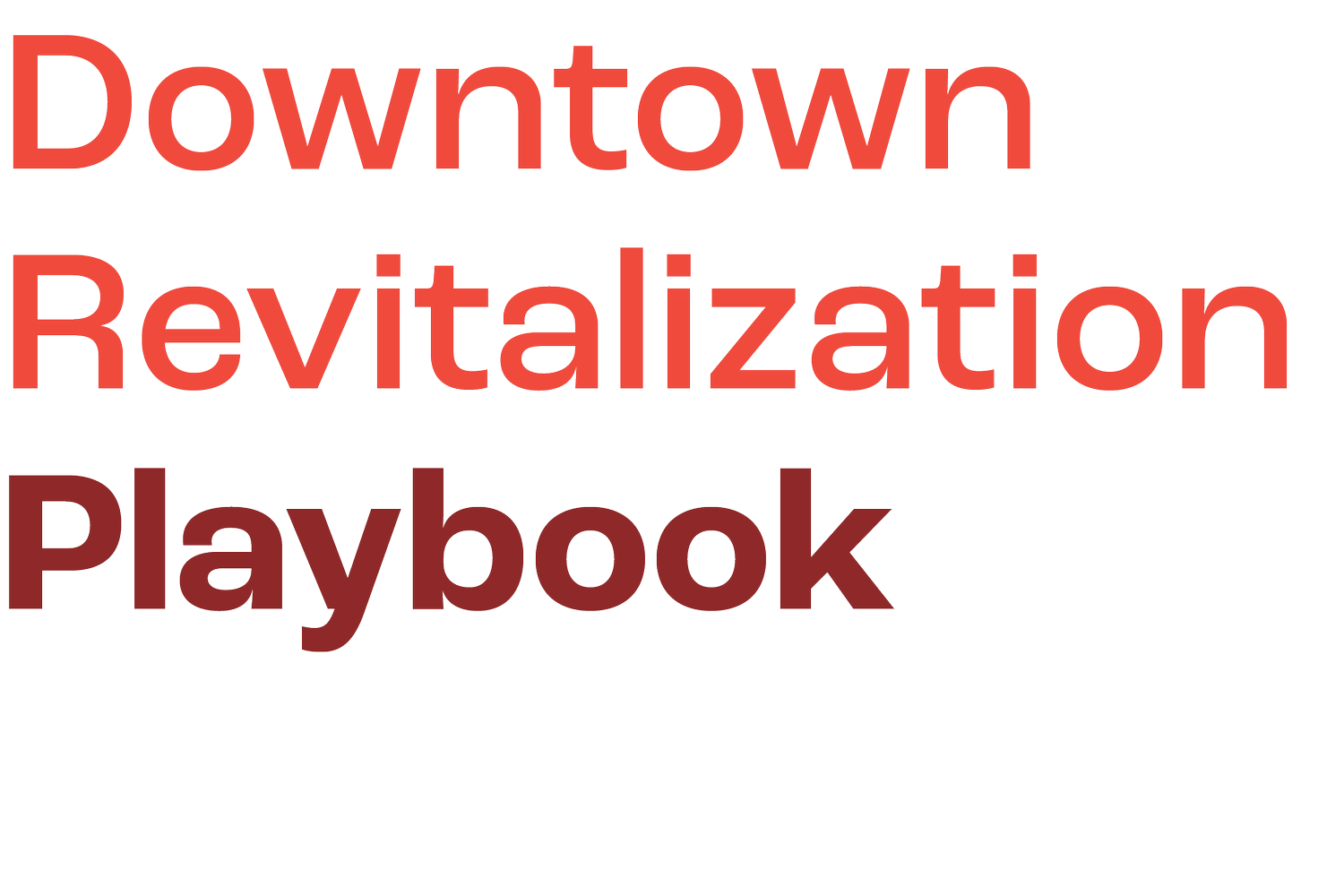
Capital Stack:
Senior Debt
Conventional Debt Financing (Repayable): In this type of loan, an investor provides capital in exchange for regular payments plus a negotiated interest rate. Once the total sum of the capital loaned is repaid plus interest, the investor is no longer involved in the project. This type of financing has a high level of risk for the investor. If the payee defaults on the loan, the investor may go unpaid, unless collateral was pledged, or a Loan Guarantee has been made to protect the investment. This is why Credit Enhancements are key to unlocking this type of investment for unprecedented, innovative projects. Examples include:
Loan: Traditional loans provide a lump sum of capital, and then require regular payments to the lender with interest. Pineville gained a $2.5M Kentucky Infrastructure Authority Loan to help implement their downtown revitalization plan. Conventional loans often require collateral or a co-signer who pledges to pay if the original recipient cannot pay. It can be scary for someone to put up their home or farm as collateral, so it is recommended to put the property or equipment purchased up as collateral instead, so that if someone can no longer pay, they only lose the thing they purchased.
Innovative Lending: Beyond collateral, some lenders will accept other methods of securing a loan, for instance, when an organization can prove they consistently pay their bills on time. As another example, a CDFI in Kentucky, Mountain Association, offers a “CrowdMatch Loan” that values the “social capital” entrepreneurs have built with their customers or community members. Mountain Association will match dollar-for-dollar – up to $10,000 – the amount an eligible entrepreneur raises through crowdfunding, with no credit check. This is especially helpful for individuals who have been in addiction recovery programs, prison, or who otherwise have not built a good credit score, but who have a solid business plan with proof of demand.
Bond: A bond is typically a large lump sum investment made to a corporation or municipal government. Often a bond will have a “maturity date” wherein the full amount of the bond must be paid in full or could risk going into a default status. Bonds are typically large sums to pay for infrastructure or large-scale construction. Because they are such large investments, most banks cannot lend these as a typical loan. Bonds can be traded by investors. Pineville received a $1.5M bond from the Kentucky Bond Association.
Mortgage: A mortgage is used to buy or maintain property. The buyer typically agrees to pay the lender over time, most often in a series of payments divided into principal and interest payments. The property itself usually serves as collateral to secure the loan. The Hazard Art Station was graced with a local bank willing to offer them a patient mortgage. The bank allowed them a grace period during the renovation phase. Now that The Arts Alliance is bringing in revenue, the bank is collecting regular mortgage payments.

